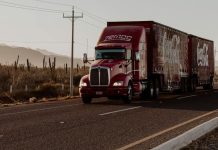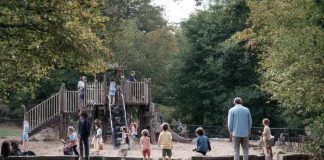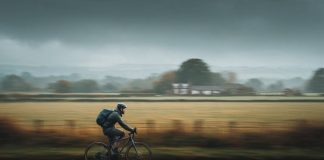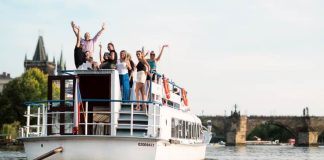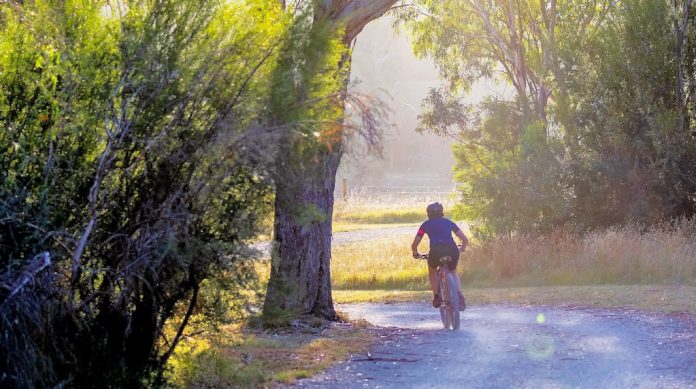
To many, the romanticized American road trip looks something like this: a full tank of gas, seat pockets filled with snacks, the family buckled in and a massive playlist. Mile after mile of highway is sped across, the open road paving the way to a new sense of freedom as sights are seen until, ultimately, a destination is reached.
But what if this road trip instead could somehow be car-free? At oM, we want to help you explore by bike and by foot. And now a nation-wide project is helping to make that cross-country road trip a car-free reality.
IMAGINE WHAT’S POSSIBLE WITH A TRAIL THAT CONNECTS THE COUNTRY
-RTC
Today, the nation’s largest trails organization, the Rails-to-Trails Conservancy (RTC), unveils its planned route for the Great American Rail-Trail — a 3,700 mile contiguous route of multipurpose paths stretching from Washington, D.C. to Washington State. Once the site of old railroad corridors, many of these trails have been revitalized for biking, hiking, wheelchair use, cross-country skiing and horseback riding. And to boot, the goal is to remain totally off roads open to vehicular traffic, providing a truly car-free cross-country “road trip”. Can you taste the fresh air yet?
Though the trail is currently only 52% complete, RTC continues to work with local trails partners and state agencies to shape the rest of the route, and intends to open new sections every year. The final product is decades away, but the work to get there is ever-constant. RTC’s analysis of 34,000 existing trails has helped them compute a preferred route for the Great American to take.
The Great American Rail-Trail fittingly begins on the steps of the U.S. Capitol in Washington, D.C. It winds around the National Mall and enters the Capital Crescent Trail of Georgetown, then the Chesapeake Valley. Ideally, cities like Pittsburgh, Cleveland, Cincinnati, Omaha, Lincoln, Bozeman, Missoula and Seattle will be along the way; and iconic landmarks like the Hennepin Canal Parkway in Illinois, the Bob Kerrey Pedestrian Bridge in Nebraska, Yellowstone National Park in Wyoming and the Panhandle in Iowa will be easily accessible.
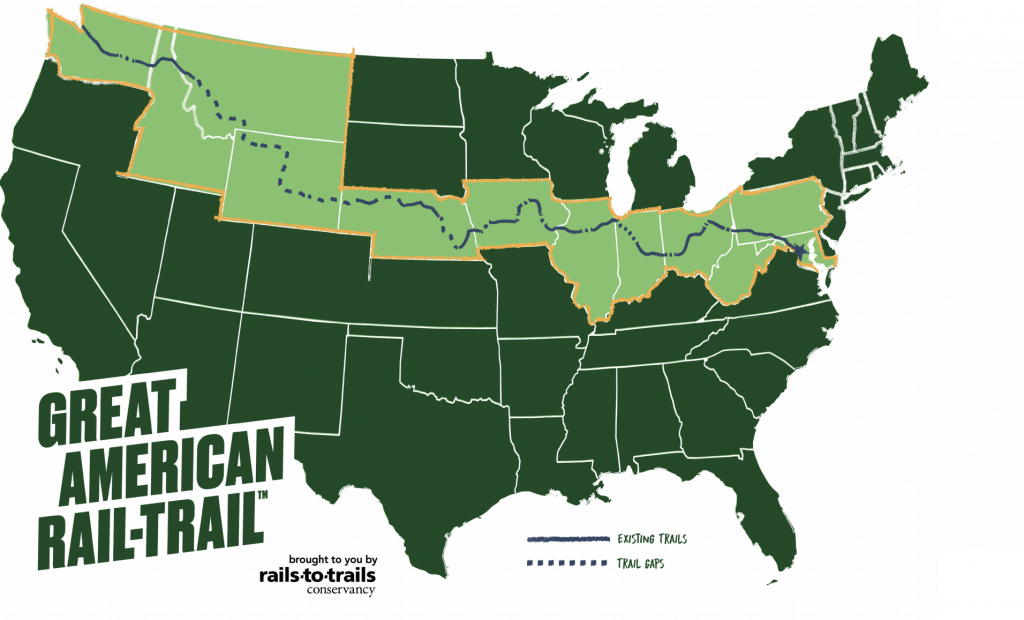
You can reach famous sites like the C&O Canal in Maryland and Fort Robinson State Park by foot or bike, revel in Idaho’s sweeping valleys and learn about the land’s Native American history, and be wowed at art installations like at the High Trestle Bridge in Iowa.
This week, America will also be celebrating the 150th anniversary of the Transcontinental Railroad and the people who dreamt of long-distance travel, connecting with the country and experiencing the land in a new way. They are not unlike us; though we have solved the interconnected dilemma, still we seek innovation and, in a sense, a return to a life of uncharted territory and simple, limitless joy in the natural world.
RTC’s co-founder David Burnwell realized the potential of this trail in the 1980s. His vision has served as the organization’s guiding light to finishing what RTC’s president Ryan Chao describes as a national treasure. A mission that harkens to childlike curiosity and imagination, that brings to life our own pilgrimages across the country, that transforms the landscape as trails mingle with local communities.
This is a nature-infused answer to road trip favorite Route 66. It is an easy way to immerse yourself into the local flavor of new destinations from one of the best places in the world: your feet or on a bike. As landscapes shift and merge into one of the twelve states the Great American Rail-Trail passes through, so do the diverse people that make up these places. Suddenly, the art of traveling is fresh, invigorating, non-motorized and genuine.
Ryan Chao declared that this is going to be America’s trail; and for the bridges it is beginning to gap, he couldn’t be more correct. There is still a long way to go, but it’s about the process as much as it is about the finish. This is just the start of something magical.


